It is arguable that the lunge is the most functional of exercises. We live on our legs, and must be able to move in full ranges of movement bending the ankles, knees, hips and lower back. Cardiovascular training is important for our heart health, but we do not live life simply running upright, on an elliptical, rowing or on a bike. We live on our feet and must apply force into the ground to move. We must be able to balance in different planes of movement as our center of gravity rises or lowers. The lunge builds the bending, lowering and bi-lateral movement that is common to the ways humans must move in daily life.
Maintaining independence as we age is important, and in order to maintain this independence we must be able to move, bend and maintain balance. The ability to get on and off a toilet, to work in the garden, get on and off a bed, in and out of a car, balance getting on and off a stool, and get off the ground after lying down are basic human movements. If one has the strength to lunge one will have the strength to do the previously mentioned movements and much more. All these movements require some modification of a lunge and balance on one leg. The balance, strength and bone density built by performing the lunge will prevent falls especially in older adults.
The lunge works the quadriceps, the glutes, the hamstrings, the abdominals, the obliques and the spinal erectors. There are many variations walking, stationary, Bulgarian, side, overhead, reverse , lunge + curl + press and many more. It is important to begin with the most basic lunge and one can progress from that point. Remember it is important to consult your physician before beginning a fitness program,and the assistance of a personal trainer for even a short time can insure that you begin training safely, efficiently and effectively. Incorporate the lunge 1-3 days per week and complete 10-15 lunges per leg. Begin with one’s body weight and progress to using dumbbells, bars and more advanced forms of lunging.
The steps to the basic lunge:
• Stand with your feet shoulder width apart
• Spine long and straight with shoulder blades pinched back – proper posture
• Gaze at eye level straight ahead
• Take a long step forward maintaining proper posture
• Lower the hips until the legs are bent at a 90 degree angle
• The forward knee should be behind the front toe
• The rear knee should be flirting with the floor but not touching
Below are videos demonstrating proper lunge form.
